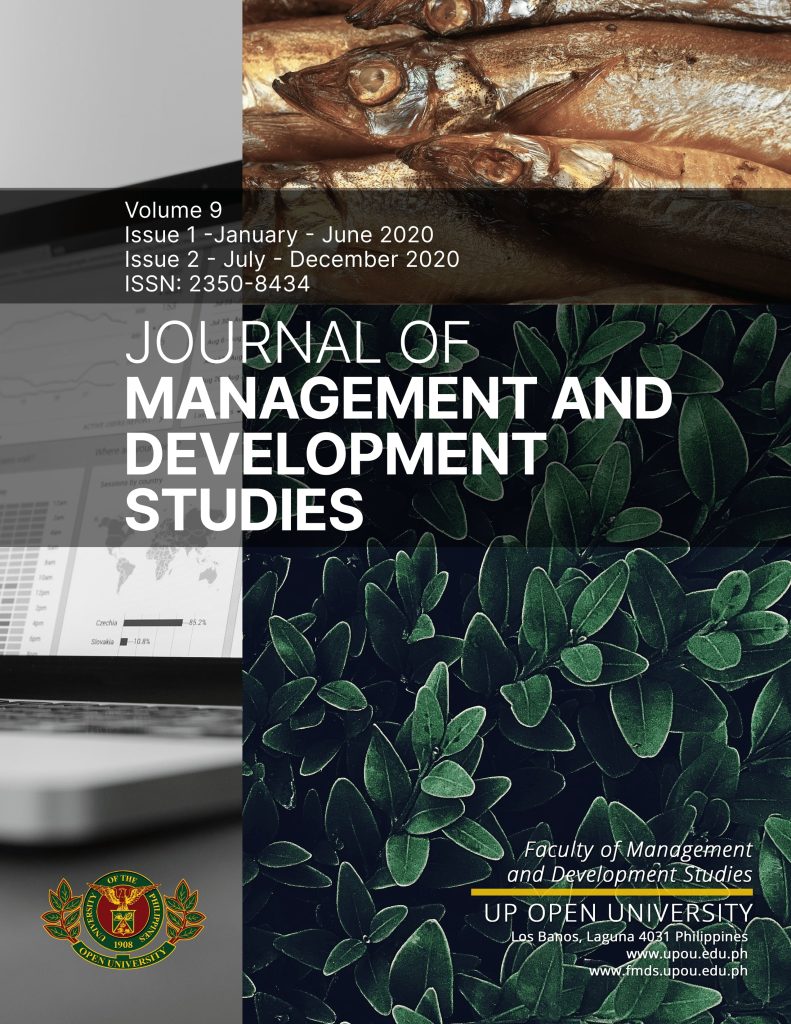The Influence of Landscape and Vegetation Structures on Land Surface Temperature: The Case of Urban Green Spaces of City of Calamba, Laguna, Philippines
Main Article Content
Abstract
Green spaces of the City of Calamba extracted from Landsat 8 Operational Land Imager (OLI) and Thermal Infrared Sensor (TIRS) satellite image data were used to determine the relationship of both landscape and vegetation structures on land surface temperature (LST). Based on regression analysis, results showed that LST of green spaces is linearly dependent on its area. Specifically, LST tends to decrease by 0.0058°C as the area is increased by one hectare. Shape metrics such as perimeter-area ratio and shape index showed non- linear relationship with LST. Similarly, normalized difference vegetation index (NDVI) was not significant in affecting LST linearly. Therefore, large patches of green spaces must be maintained or increased to mitigate heat islands. Shape irregularity and vegetation abundance have no strong influence on LST of green spaces. Given the limitation of the research, further studies on LST of green spaces must be conducted to validate the results.
Article Details

This work is licensed under a Creative Commons Attribution 4.0 International License.

